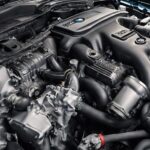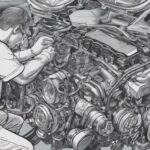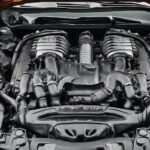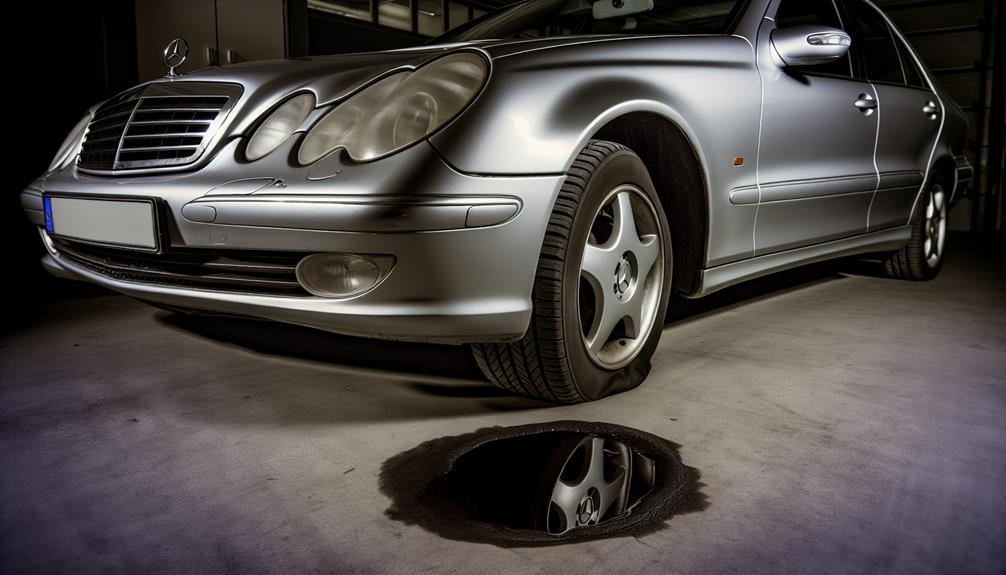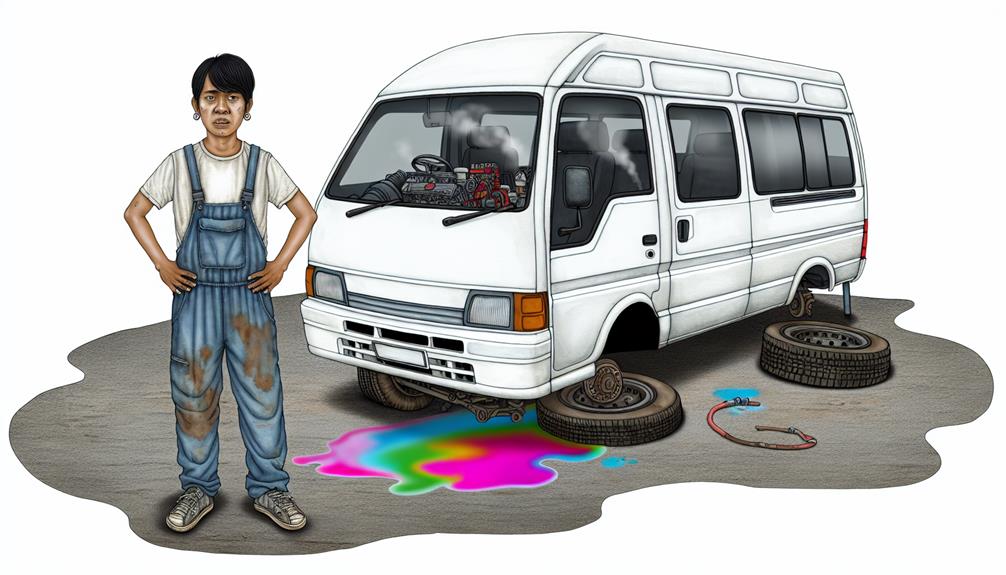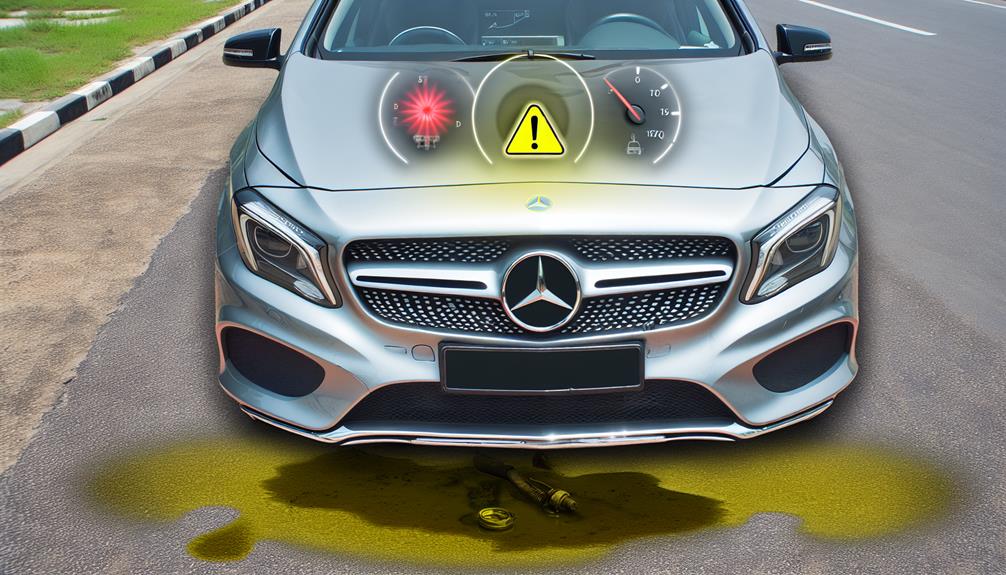If you own a Mercedes C230, watch out for engine failures causing balance shaft issues and timing chain failures leading to rough operation and power loss. Ignoring these problems could result in expensive repairs exceeding $5,000. Transmission concerns like shifting problems or fluid leaks require maintenance every 39K miles, while electrical issues such as battery drain may trigger warning lights. Heater malfunctions can disrupt cabin warmth, prompting timely repairs. Additionally, safety risks such as sudden shutdowns highlight the need to be proactive about maintenance. The details of these common problems are essential for informed decision-making.
Key Takeaways
- Engine failures: balance shaft & timing chain issues.
- Transmission concerns: shifting problems, fluid leaks.
- Electrical problems: battery drain, faulty wiring.
- Heater malfunctions: core, blower motor, thermostat issues.
- Safety concerns: sudden shutdowns, loss of acceleration.
Engine Failures
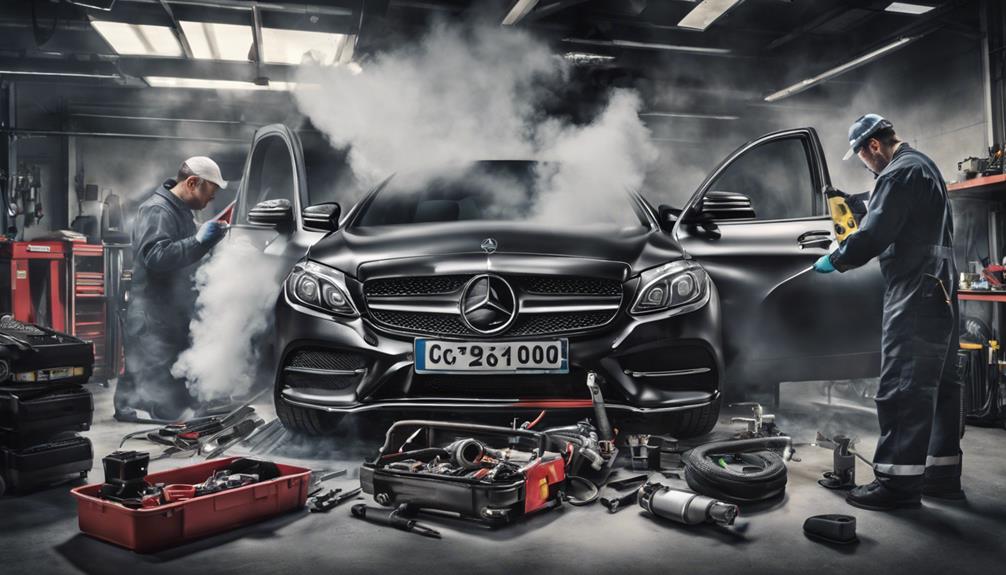
Experiencing engine failures in your 2006 Mercedes-Benz C230 can present serious and costly issues, including balance shaft problems and timing chain failures. If you notice your engine running rough, experiencing power loss, or the check engine light illuminating, it could be indicative of underlying problems with the balance shaft. This element is essential for ensuring the smooth operation of your engine. Ignoring these symptoms may lead to further complications, potentially resulting in significant repair bills exceeding $5,000 for balance shaft replacements.
Addressing these issues promptly is crucial to prevent safety risks like sudden shutdowns or loss of acceleration while driving. Neglecting engine problems could also trigger the activation of limp mode, limiting your vehicle's performance. Hence, it's important to heed warning signs and undertake necessary repairs to maintain your Mercedes-Benz's safety and reliability. Remember, taking care of your engine today can save you from more extensive troubles down the road.
Noisy Engines
When faced with noisy engines in your Mercedes C230, it's important to address potential issues promptly to prevent further damage and guarantee peak performance.
Engine noise, whether it manifests as rattling, knocking, or whining sounds, can be indicative of underlying mechanical issues such as balance shaft problems or timing chain failures. Ignoring these sounds may lead to more severe problems and even engine failure.
To maintain the longevity of your Mercedes C230, it's vital to schedule timely repairs and maintenance checks with a qualified technician. By addressing engine noise promptly, you can prevent costly repairs in the future and maintain the best performance of your vehicle.
Transmission Issues
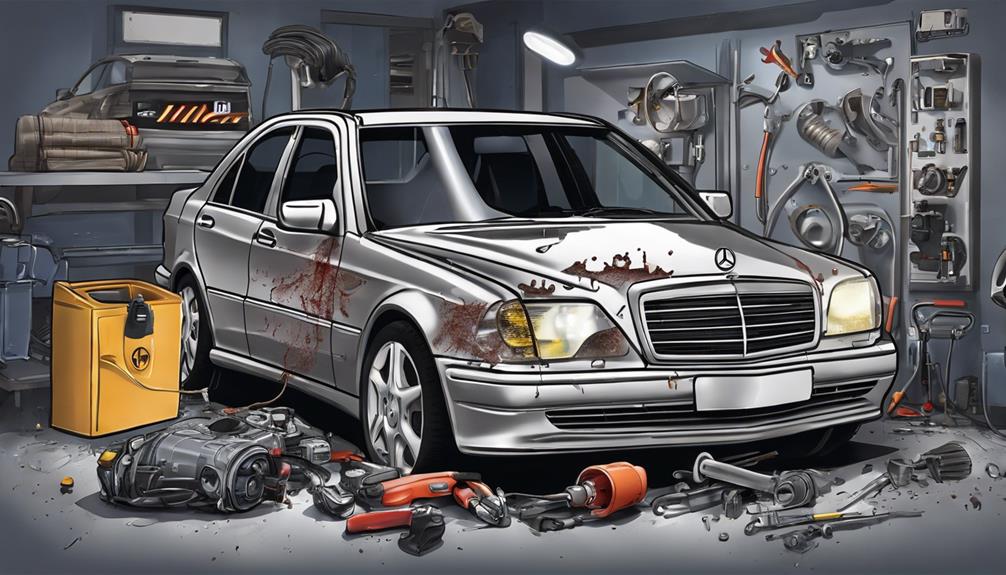
If you're experiencing shifting problems or noticing fluid leaks in your 2006 Mercedes-Benz C230, you might be facing transmission issues.
Regular fluid and filter changes every 39K miles are vital to maintaining your transmission's health.
Consider seeking TCU flashing with the latest firmware to potentially enhance the shifting performance of your C230.
Shifting Problems
To address shifting problems in your 2006 Mercedes-Benz C230, consider a full fluid and filter change every 39K miles to mitigate transmission issues effectively.
TCU flashing with the latest firmware can also potentially enhance shifting performance in your C230. Independent shops often provide transmission servicing at a lower cost compared to dealerships, offering a more budget-friendly option.
If you experience rough shifting or engine noise, these could be signs of underlying transmission problems in your 2006 C230. Proper diagnosis and potential TCU flashing can go a long way in alleviating shifting issues, ensuring a smoother driving experience.
Stay proactive in maintaining your C230's transmission to prevent further complications down the road.
Fluid Leaks
Experiencing fluid leaks in your Mercedes C230 can indicate potential transmission issues that may lead to significant consequences if not addressed promptly.
When dealing with transmission fluid leaks, keep an eye out for puddles under the car and check for low fluid levels, as these are common signs indicating a problem.
It's important to address these leaks promptly to prevent damage to the transmission system and maintain peak performance of your vehicle.
Regular inspections and maintenance checks play a significant role in detecting and resolving fluid leaks before they escalate into major issues.
Seeking professional assistance for the diagnosis and repair of transmission fluid leaks is highly recommended to maintain the proper functioning of your Mercedes C230.
Electrical Problems
You may encounter issues like battery drain problems, faulty wiring connections, and malfunctioning control modules in your Mercedes C230.
These concerns can lead to various symptoms such as electrical failures, warning lights, and erratic behavior in the vehicle.
Properly diagnosing and addressing these electrical points promptly is essential to prevent further complications and guarantee the safety and functionality of your car.
Battery Drain Issue
What're the common indicators of a battery drain issue in a Mercedes C230?
A battery drain problem in your Mercedes C230 can manifest in various ways. Here are five common signs to watch out for:
- Frequent Dead Battery: If you find yourself needing to jump-start your car often, it could indicate a battery drain issue.
- Dimming Lights: Dim or flickering lights, both interior and exterior, might suggest a drain on the battery.
- Electrical Malfunctions: Unexpected malfunctions in electronic components such as power windows or infotainment systems can point to a battery drain problem.
- Slow Cranking: If your engine cranks slowly when starting, it could be due to insufficient power from a drained battery.
- Random Warning Lights: Illumination of various warning lights on the dashboard without a clear cause may be linked to a battery drain problem.
Faulty Wiring Connections
Investigate potential electrical problems in your Mercedes C230 by examining the wiring connections for any faults that could lead to malfunctions.
Faulty wiring connections in your Mercedes C230 can result in various issues, such as dashboard warning lights illuminating unexpectedly. These warning lights can indicate underlying electrical system failures caused by the faulty wiring connections.
To prevent more severe problems, it's essential to diagnose and address any faulty wiring promptly. Seeking professional assistance for identifying and repairing these faulty connections is highly recommended to guarantee the proper functioning of your vehicle's electrical system.
Malfunctioning Control Modules
When encountering electrical problems in your Mercedes C230, one important aspect to keep in mind is malfunctioning control modules that can disrupt various systems within the vehicle.
Here are some key points to ponder:
- Malfunctioning control modules in the Mercedes C230 can cause issues with various electrical systems in the car.
- Common symptoms of faulty control modules include dashboard warning lights, erratic behavior, and non-responsive components.
- Repairing or replacing malfunctioning control modules may require specialized diagnostic tools and expertise.
- Issues with control modules can impact critical functions like engine performance, safety systems, and comfort features.
- Proper diagnosis and timely repair of malfunctioning control modules are essential to maintain the overall functionality of the Mercedes C230.
Heater Malfunctions
If your Mercedes C230 is experiencing heater malfunctions, common issues to investigate include problems with the heating core, blower motor, and thermostat. The heater core is responsible for generating heat that warms the cabin, while the blower motor helps to circulate this warm air. If either of these components malfunctions, you may experience a lack of heat or insufficient warmth from the vents in your car. The thermostat plays a vital role in regulating the temperature of the coolant that flows through the heating system, so a faulty thermostat can also lead to heating issues.
When dealing with heater malfunctions in your Mercedes C230, it's important to address the problem promptly to avoid discomfort during cold weather and guarantee proper defrosting capabilities. Seeking assistance from a qualified technician for a thorough diagnosis is recommended to pinpoint the specific cause of the malfunction accurately. By taking proactive steps to resolve heater malfunctions, you can prevent further damage to your heating system and maintain a comfortable driving experience.
Safety Concerns
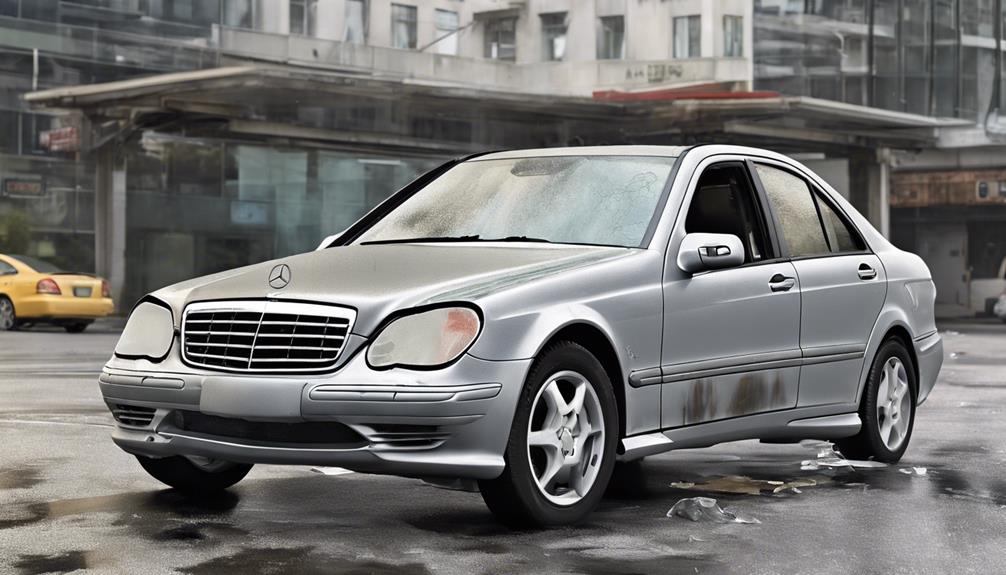
To address safety concerns associated with engine failures in the 2007 Mercedes-Benz C230, it's important to understand the potential risks of sudden shutdowns and loss of acceleration experienced by owners. This issue can lead to various control issues, putting drivers at risk of accidents. Here are some key points to keep in mind:
- Sudden shutdowns can occur without warning, posing a danger to both the occupants of the vehicle and other road users.
- Loss of acceleration may lead to difficulties in maneuvering the car, especially in high-speed or busy traffic situations.
- Engine malfunctions can trigger the limp mode, limiting the vehicle's speed and responsiveness at critical moments.
- Steering instability resulting from engine failures can compromise the driver's ability to maintain control of the vehicle.
- The presence of control issues due to engine problems underscores the urgency of addressing safety concerns promptly to prevent potential accidents.
Being aware of these safety risks associated with engine failures in the Mercedes C230 is essential for maintaining a safe driving experience.
Repair Costs
Repair costs associated with common issues in the Mercedes C230 can have a substantial impact on owners' budgets and financial planning. When facing repairs such as the engine balance shaft sprocket or recurring check engine light problems, expenses can quickly add up, causing frustration and financial strain. Here is a breakdown of some average repair costs for common Mercedes C230 issues:
| Issue | Average Repair Cost |
|---|---|
| Timing Chain Problem | $4,000 |
| Faulty Speed Sensor Replacement | $1,200 |
| Engine Balance Shaft Sprocket | $7,000 or more |
Owners often find themselves seeking assistance from a reputable repair shop to address these costly issues. However, challenges may arise in obtaining refunds for unsuccessful repairs, leading to additional stress and out-of-pocket expenses. It is essential for Mercedes C230 owners to be prepared for potential high repair costs associated with these known problems to effectively manage their finances and maintenance needs.
Frequently Asked Questions
Are Mercedes C230 Expensive to Maintain?
Maintaining a Mercedes C230 can be costly due to specialized parts and labor. Regular servicing and repairs, especially at dealership service centers, tend to be expensive. Proper care and timely maintenance are key to managing these high expenses.
How Many Miles Can a Mercedes C230 Last?
A Mercedes C230 can last over 200,000 miles with proper care. Factors like driving habits and maintenance influence longevity. Regular servicing, prompt repairs, and quality parts help extend lifespan. Follow the manufacturer's maintenance schedule for maximum mileage.
What Is the Mileage of Mercedes C230?
You can expect a 2006 Mercedes-Benz C230 to have an average mileage of around 68,029 miles. This model has been reported to experience engine issues like balance shaft failures and rough running at various mileage points.
Is a 2006 Mercedes C230 a Good Car?
Yes, a 2006 Mercedes C230 is a good car. It offers a blend of performance and luxury. Regular maintenance and awareness of common issues are key. Online forums can provide valuable support. Compare with other luxury brands for reliability and costs.
Conclusion
Overall, the Mercedes C230 has its fair share of common problems that owners should be aware of. From engine failures to transmission issues, electrical problems to heater malfunctions, these issues can be costly to repair and maintain.
It's important for owners to stay vigilant and address these issues promptly to guarantee the safety and reliability of their vehicle. Being proactive in addressing these common problems can help prevent further complications down the road.

